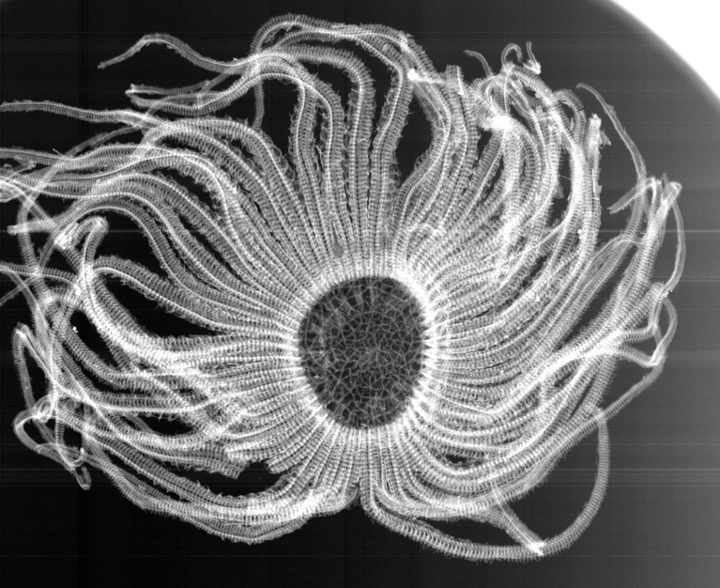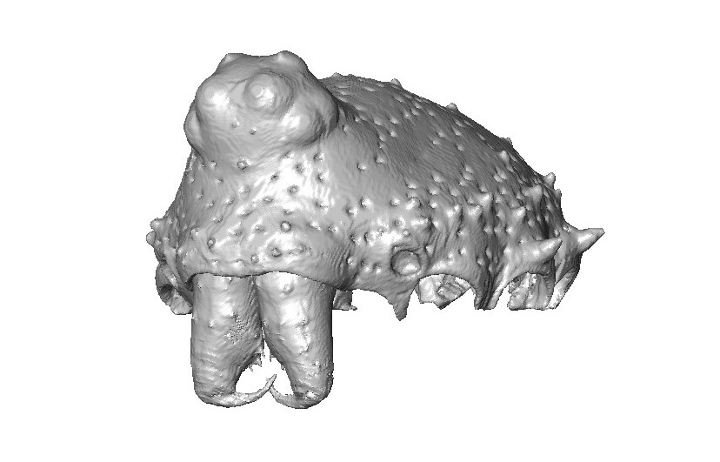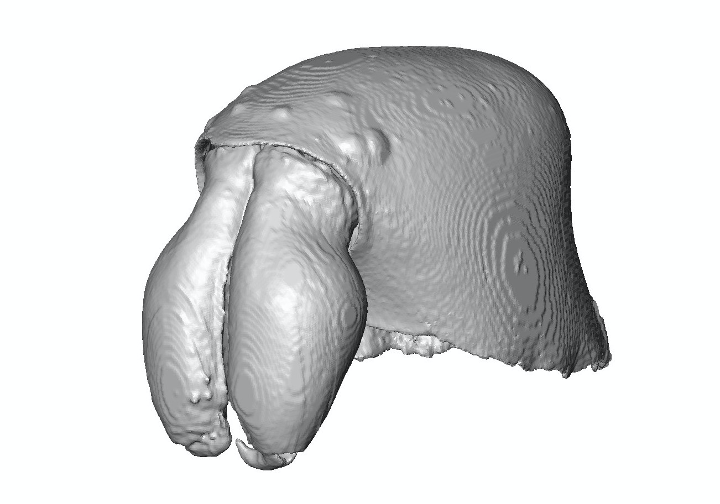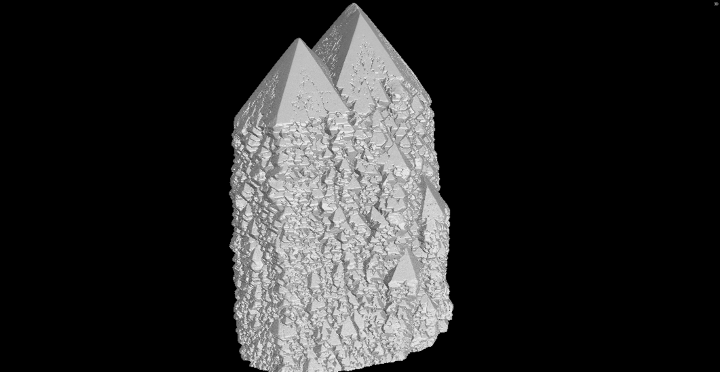125 years ago yesterday, physicist Wilhelm Roentgen discovered X-rays. The finding gave scientists a new way to see the world and transformed medicine and natural history research.
Today, we’ll show you how our researchers use X-rays to study everything from minerals to marine life.
Invertebrate zoologist Chris Mah uses X-rays to study sea stars and other echinoderms. “Rather than bones, echinoderm skeletons are composed of millions of little calcium carbonate pieces called ossicles,” he says. These ossicles help Mah identify and describe new species.
CT scans combine X-rays with computer processing to create 3D images. Entomology postdoctoral fellow Bob Kallal uses CT scans to compare physical traits between spider species and piece together how they evolved. These scans show the heads of two related orb-weaving species.
 Bob Kallal and Hannah Wood
Bob Kallal and Hannah Wood

 Read on Twitter
Read on Twitter







